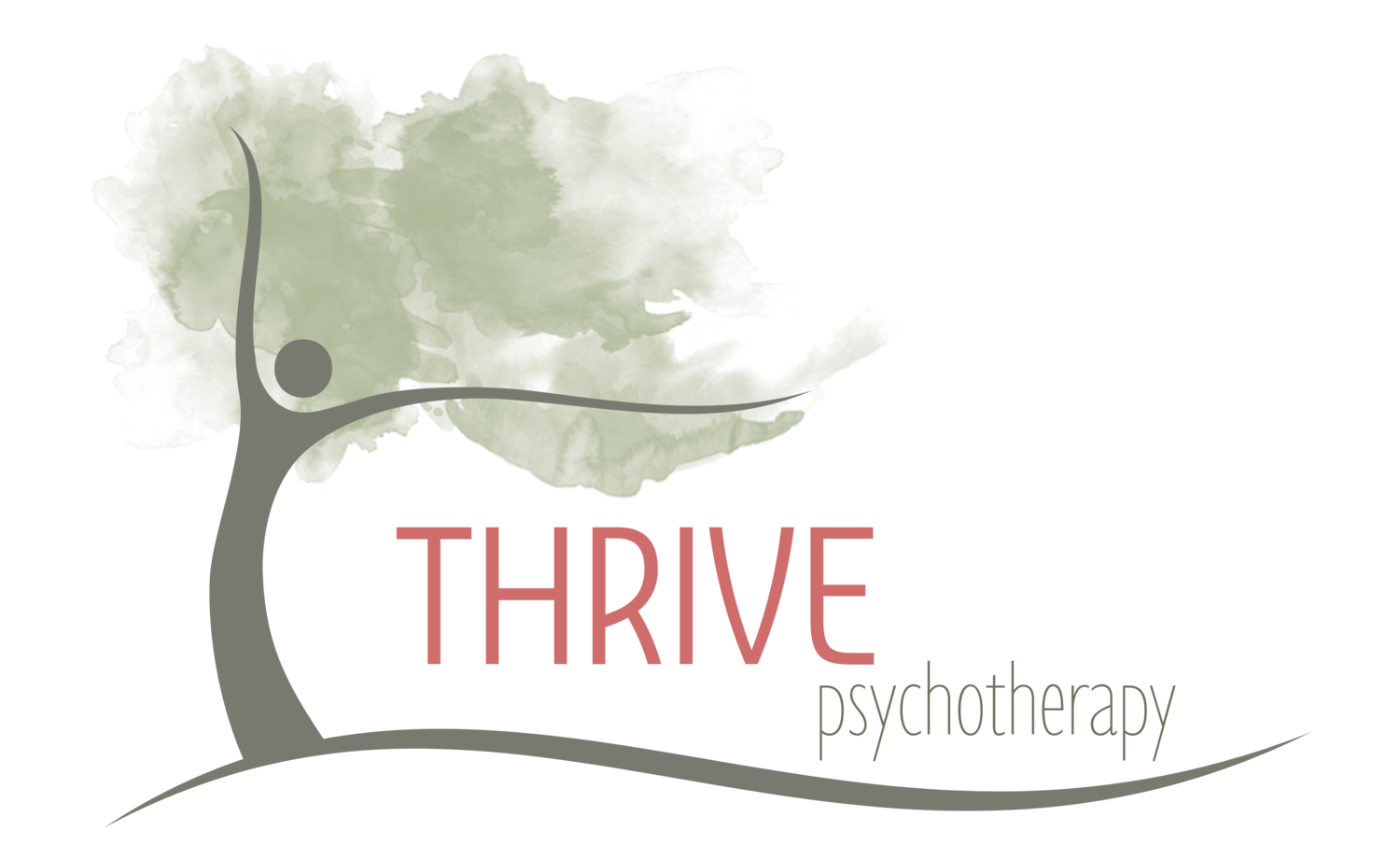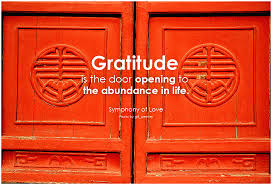The Season of Gratitude
This is the time of year when many of us pause to reflect on the parts of our lives that we are most grateful for. Why do we practice gratitude just once per year? How can we make this experience part of our regular lives?
WHAT GOOD IS GRATITUDE?
Most people think that you need to be happy in order to feel grateful but, amazingly, it’s the other way around. Those who regularly practice expressing thanks tend to, over time, become happier. Gratitude can be expressed in many ways and leads to noticing the beautiful things that we may ordinarily miss, encouraging us to linger on them.
Gratitude even lessens the symptoms of anxiety and depression. When we focus on feeling grateful the parts of our brains that control stress and positive emotions are activated leading us to feel a decrease in stress and an increase in pleasure. When we act grateful we also tend to be better communicators. People like talking to you when you are gracious and it is a great way to diffuse those who are angry or resentful.
Outside and Inside
When we think of expressing gratitude we typically call to mind an image of expressing thanks out loud to another person. This is called external gratitude. When we write a letter to a loved one, say 'thank you' to a stranger, or smile at someone who was helpful, we are expressing gratitude externally.
There is another form of being grateful that is just as important: internal gratitude. Internal gratitude is a momentary reflection on anything we are thankful for, a chance to put the spotlight on our gifts, accomplishments, and opportunities. Internal gratitude can include taking a moment to name three things that we appreciate about our lives and noticing beautiful experiences during our day.
What's great about internal gratitude?
- It's quick - take five seconds to name something that's great in your life right now
- You can do it anywhere
- It's a quick pick-me-up when you are feeling down
What's great about external gratitude?
- It's a chance to do something kind for another person
- It builds relationships
- It takes us out of our internal worlds and builds empathy for others
The Big and the Small
Sometimes it’s hard to figure out what we are thankful for. To make gratitude a part of your daily life, start small. When you are about to go to sleep, write down three things that you are grateful for from your day (internal gratitude). Some days, thinking of three things is really difficult. Here's a starter list:
- My ability to breathe (try taking a deep, slow breath and appreciating that feeling)
- That I can walk and use my hands
- My hearing and vision
- The sun rises every morning
- There is another person who loves me
- My home is safe and warm
Items both big and small count. Notice that you have friends and family, access to work, and that you live in a country of opportunity and prosperity. Also notice that you saw an awesome subway performer, the sunset was incredible, and you remembered your wallet every day this week. No item is too small.
We can practice being grateful for the small things externally, too. Start to get in the habit of writing one email/text/letter every morning to someone who you love reminding them why they are special to you or thanking them for something they did. Consider making sure to thank the first stranger you come in contact with: thank the lady who held the door for you or the barista who made your coffee. If available, give to those who are less fortunate than you.
Practicing gratitude daily improves your emotional health and the lives of those around you.
Read more in a recent New York Times article on the topic here.


